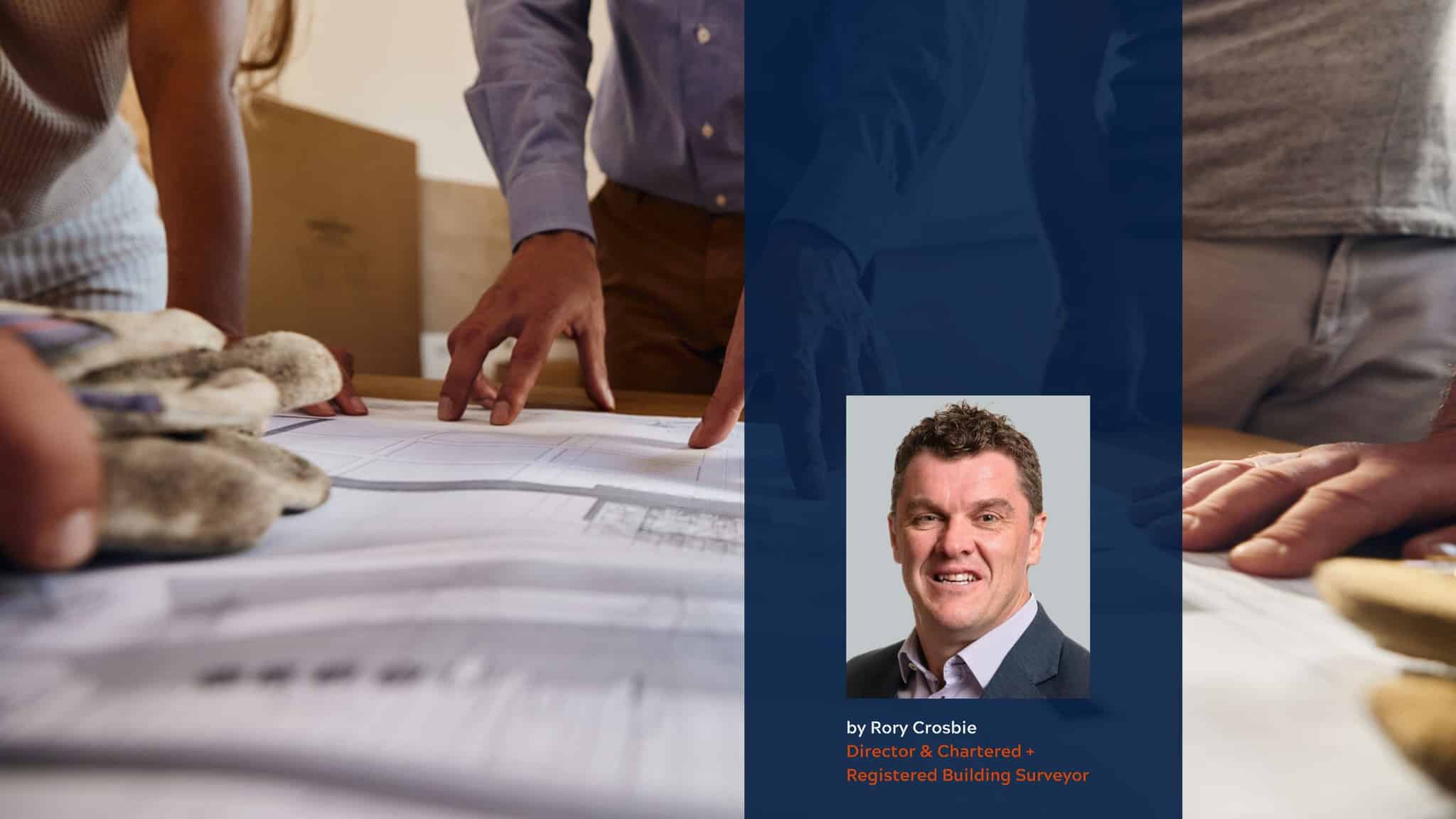If you’ve watched even a single episode of hit TV show Grand Designs, you’ll know how they tend to play out. It begins with an idea for a spectacular, architecturally designed home on a challenging section. The host takes us through the plans and we see the owners’ dream home come to life in virtual 3D renders, revealing all the latest smart home features, sustainable materials and aesthetic nuances that will make it an exciting, one of a kind build.
Then comes the budget. “We’re hoping to build for $1.7 million”, say the owners.
Even if you’ve never seen the show, you can probably guess what comes next. The ground conditions are trickier than they anticipated. The utilities connections aren’t where they’re supposed to be. The materials don’t arrive on time. The build is delayed into winter, and it rains. A lot.
The entire project – and the owners’ dreams – hang by a thread as they hurriedly revise their plans to cut costs, or scrabble to find additional funds to meet the rapidly expanding budget. It’s stressful, expensive, and according to Prendos Director Rory Crosbie, it’s just as common off screen as on it. But it doesn’t have to be that way.
Having recently been called on to help with several projects that suffered similar issues, Rory highlights one example. The new home project was already at detailed design stage – at which point plans are nearly ready to be submitted to council for building consent – when the owners contacted Prendos Quantity Surveyors for a cost estimate to build.
“They had been working with the architect for probably a year or more at that stage”, says Rory. “Their budget for the build was around $1.5 million, but unfortunately they got a heart attack when they saw our construction cost estimate. It was a million dollars more than they wanted to spend.”
That obviously put the owners in a difficult position. Could they proceed with the build as planned, even though they’d need to find an extra million dollars to build it? Or should they go back to the drawing board and re-design to within their budget, having already invested a significant amount in design and engineering consultants’ fees?
Rory says in many cases, it’s the architect who bears the brunt of the owners’ frustration. But it’s not the architect’s role to provide detailed cost or budget feasibility advice.
“Architects do a great job of turning your dreams into a buildable reality”, says Rory, “but they aren’t cost consultants, and unless they work with a QS, they generally won’t be able to confirm with any certainty whether your project can be built within your budget.”
Providing specialised cost advice and accurate construction estimates is the job of a qualified Quantity Surveyor, Rory explains. And the earlier in the design process you can engage a QS, the better.
“If you invest a little in cost estimating early on, you won’t be in a position where you’ve wasted a lot of time, effort and money on something you can’t build. There’s also a big emotional investment too – it’s heartbreaking when you find out you can’t build the dream home you had planned.”
Rory says there are several distinct stages in the design process, from initial concepts to consent-ready plans, with differing levels of detail and an increasing level of certainty as the design progresses. Engaging a QS at each stage means they can provide realistic construction cost ranges and factor in appropriate contingencies, with more accuracy as the design progresses. This helps the client and their architect plan a build that’s within budget, even if things don’t go exactly to plan on site.
While it may mean additional cost for QS input at each stage, the level of detail available at the outset means QS fees are generally at their lowest at this point. As the design progresses, QS fees increase in line with the work involved in providing more and more detailed costings.
Rory says his clients soon see the value in the cost estimates they receive, because it gives them the assurance of complete clarity and control over their budget, helping them avoid the nightmare Grand Designs scenario. They also have the benefit of being able to convert detailed, itemised cost estimates into tender documentation to engage a builder, and compare ‘apples with apples’ when assessing quotes.
“It’s easy to look at QS fees as a non-essential extra cost,” says Rory. “But when you weigh up how much it’ll cost you in architects, engineers and other specialists’ fees to redesign your home, or the extra it could cost you if it’s not within your budget, people see the value in it pretty quickly.”
What’s more, Rory says Prendos the QS team offer clients a unique level of insight and foresight through close collaboration with our in-house Building Surveyors, Structural Engineers and Architects.
“Having access to that knowledge and understanding of how design decisions can lead to costly issues down the line means we don’t just estimate costs, we help foresee and prevent problems before they arise,” says Rory.
By factoring in potential design flaws, long-term maintenance risks and likely additional works from the outset, Prendos Quantity Surveyors deliver greater certainty, smarter planning, and true peace of mind. Rory says this proactive approach adds real value and helps clients build with clarity, confidence and control.
If you’re planning a new build or renovation and want to ensure you can achieve it within your budget, or you’re an architect who recognises the value of engaging a professional Quantity Surveyor to work with your clients, contact us to see how we can add value to your next project.


